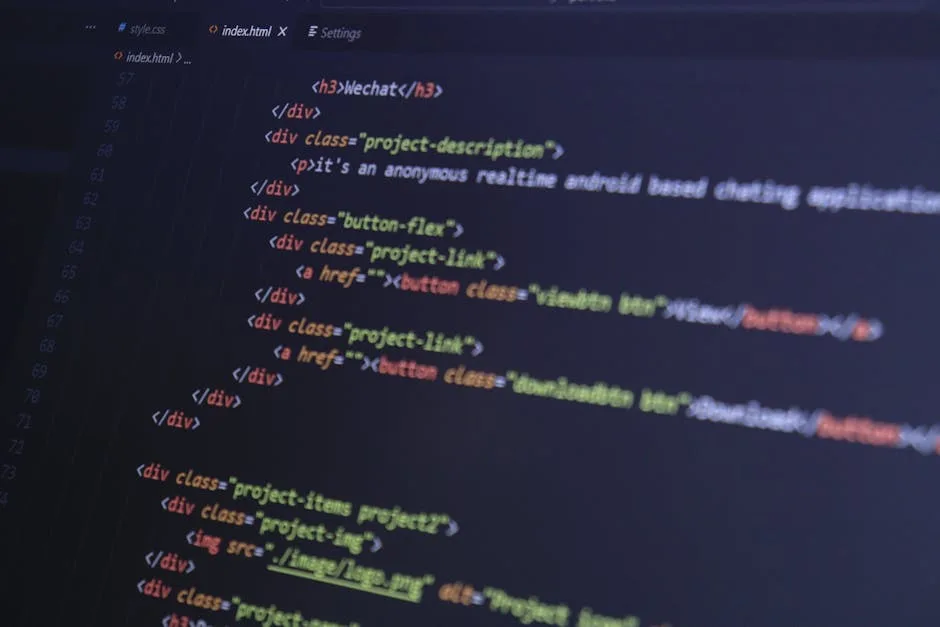
Google has announced a significant shift in Android security policy, introducing a new ‘Developer Verification’ requirement that will extend beyond its official Play Store to encompass all apps installed on certified Android devices1. This initiative, framed as a defense against malware, aims to create accountability by forcing all developers, including those who distribute via sideloading or third-party stores, to verify their identity with Google. The policy is a direct response to internal data showing over 50 times more malware from internet-sideloaded sources than on Google Play2. The announcement, made by Suzanne Frey, VP of Product, Trust & Growth for Android, has been met with support from financial and government institutions in initial rollout countries but also with notable criticism from segments of the Android community concerned about the platform’s open nature13.
A phased global rollout is planned, beginning with an early access program for developers in October 2025. The policy will first take effect for end-users in September 2026 within four initial countries: Brazil, Indonesia, Singapore, and Thailand. Any app installed on a certified Android device in these regions after that date must be from a developer who has completed the verification process. The requirement will then expand to other regions through 2027 and beyond. Google emphasizes that this change does not alter Android’s core openness; users retain the ability to sideload apps and use alternative app stores, and Google will not be reviewing app content1.
Technical Implementation and Developer Process
The technical implementation of this policy will be integrated into the core operating system of certified Android devices, those that ship with Google Mobile Services (GMS). The system will check for a developer’s verification status at the time of installation, regardless of the app’s source. To facilitate this for developers outside the Play ecosystem, Google is building a new Android Developer Console. This portal will serve as a dedicated interface for developers who only distribute their applications via sideloading or third-party stores.
Developers with an existing Google Play Console account are likely already verified and can use their existing credentials. The information required for verification includes a legal name, address, email address, and phone number. For organizations, the requirements are more stringent, necessitating a website and a D-U-N-S number. A critical privacy detail, as reported by Android Authority, is that this collected information will not be made public on app listings, unlike the public-facing developer profiles on the Google Play Store4. Google is also creating a separate account type with fewer requirements and no fee for hobbyists and students to avoid stifling innovation.
Security Rationale and Threat Context
The primary justification for this policy is the massive disparity in malware distribution between official and unofficial channels. The finding that sideloaded apps present a malware risk 50 times greater than the Play Store highlights a critical attack vector2. Malicious actors have long exploited the anonymity of app distribution outside the Play Store to impersonate legitimate developers, create convincing fake applications, and rapidly re-release harmful software after being taken down. This verification system is designed to disrupt that anonymity, creating a level of accountability that makes it more difficult and costly for threat actors to operate.
This new layer of security functions alongside existing protections like Google Play Protect, which scans all installed apps, and previous measures to block the sideloading of known malicious apps in specific markets. The policy builds on the precedent set by the 2023 introduction of identity verification for Play Store developers, which Google claims resulted in a significant drop in malware and fraud on its official platform. The move can be seen as an effort to apply a proven security control to the much riskier external app ecosystem.
Broader Ecosystem and Antitrust Implications
The announcement arrives amidst a significant shift in the Android app distribution landscape driven by legal challenges. Following the Epic Games antitrust case, Google is under court order to reform its Play Store policies to allow for greater competition, including the distribution of competing app stores5. This verification system establishes a new, Google-controlled security gateway that will apply even as the ecosystem becomes more open. It represents a strategic consolidation of security policy enforcement at the platform level.
The policy has garnered public support from key institutions in the initial rollout countries, suggesting coordinated outreach. The Brazilian Federation of Banks (FEBRABAN) called it a “significant advancement in protecting users and encouraging accountability.” Similar endorsements have been issued by government bodies in Indonesia and Thailand1. However, this stands in contrast to the reaction from a vocal segment of the Android community. A TechRadar report on a Reddit thread indicated strong negative sentiment, with users labeling the decision “awful” and expressing concern that it moves Android toward a more closed, Apple-like “walled garden” model3.
Relevance for Security Professionals
For security teams, this policy change has several immediate implications. The potential reduction in malware distributed via sideloading could lead to a measurable decrease in incidents stemming from users installing apps from untrustworthy sources on corporate-managed devices. This may allow security analysts and SOC teams to focus investigative resources on more sophisticated threat vectors. The change could also simplify policy creation for mobile device management (MDM) platforms, as the verification status could eventually be used as a coarse-grained allow/deny signal.
Conversely, threat actors will need to adapt their techniques. The barrier to entry for distributing malicious apps will be raised, potentially forcing less sophisticated actors to abandon this method. More advanced groups may attempt to circumvent the verification process through identity fraud or by targeting developers for compromise to gain access to their verified accounts. Security researchers should monitor for the emergence of fake verification portals or phishing campaigns targeting developers seeking early access, as these will likely be initial infection vectors following the announcement.
| Phase | Date | Action |
|---|---|---|
| Early Access | October 2025 | Developers can sign up for priority support and provide feedback. |
| General Availability | March 2026 | The verification process opens to all developers globally. |
| Policy Enforcement | September 2026 | Takes effect in Brazil, Indonesia, Singapore, and Thailand. |
| Global Expansion | 2027+ | Rollout continues to other regions. |
The introduction of developer verification represents a fundamental change in the Android security model. It is a proactive measure aimed squarely at reducing the high volume of malware currently facilitated by anonymous distribution. While the stated goal of enhancing user security is clear, the move is also deeply intertwined with business and legal strategies as Google adapts to a more open Android ecosystem. The balance between strengthening security and maintaining the platform’s open ethos will be tested as this policy rolls out globally. Its success will ultimately be measured by a reduction in malware infections while maintaining developer participation and user choice.





